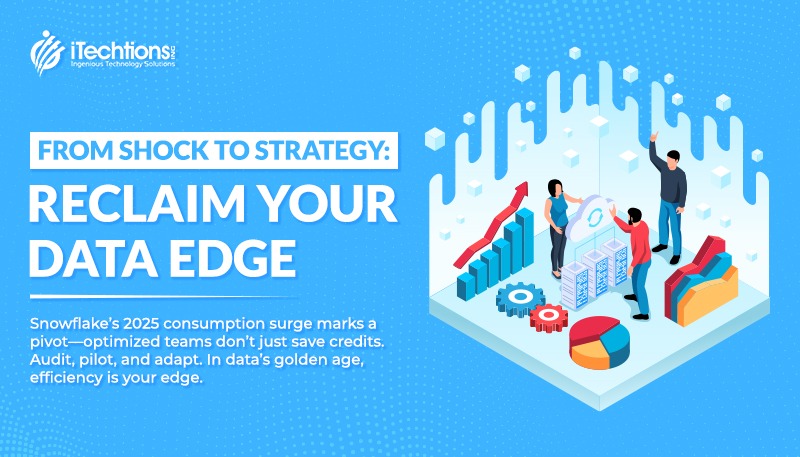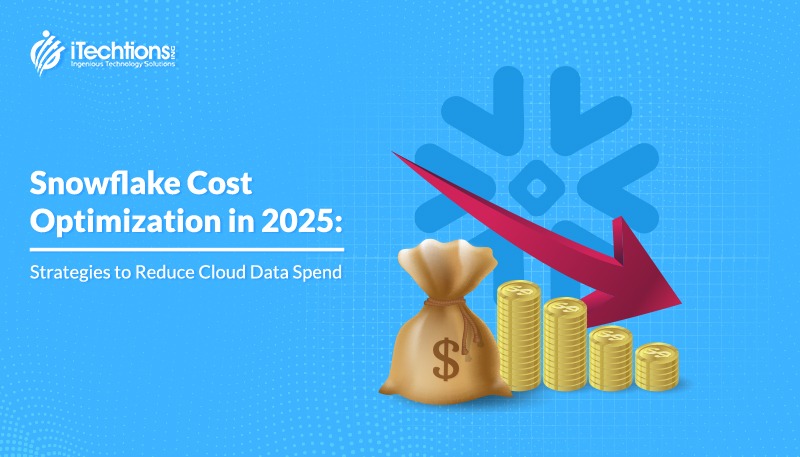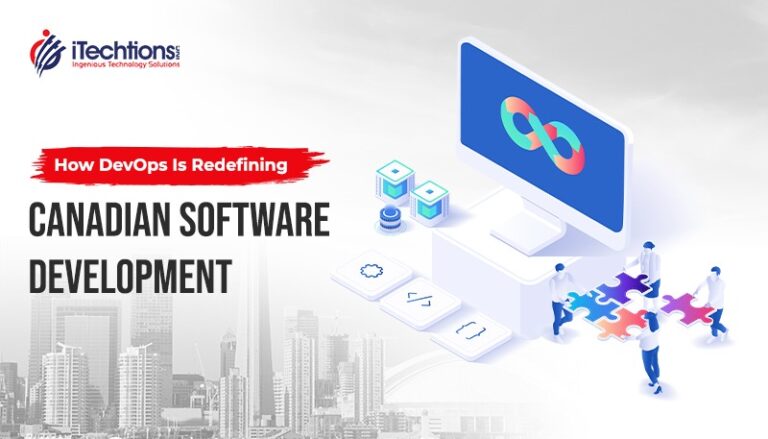Snowflake Cost Optimization in 2025: Strategies to Reduce Cloud Data Spend
Optimizing Snowflake Cost is no longer optional in 2025; it’s a strategic imperative. In the high-stakes arena of modern data infrastructure, Snowflake has long been the gold standard for cloud data warehousing—offering seamless scalability, SQL simplicity, and multi-cloud flexibility. But as organizations push deeper into AI-driven analytics, a harsh reality is emerging: unchecked consumption is turning Snowflake from a strategic asset into a budget black hole. By mid-2025, reports indicate that average monthly bills have surged by as much as four times year-over-year for many enterprises, fueled by warehouse sprawl, inefficient queries, and under-the-radar serverless features. For data leaders, this isn’t mere overspend—it’s a strategic vulnerability.
This blog post unpacks the “consumption shock” gripping Snowflake users in 2025 and delivers a battle-tested framework for reclaiming control. From internal tuning tactics to bold platform pivots, we’ll explore scalable paths to slash Snowflake TCO reduction without sacrificing performance. The insights here will help you transform reactive cost management into proactive cloud data cost optimization. Let’s decode the drivers and chart a course to efficiency.
The 2025 Consumption Crisis: Why Snowflake Bills Are Exploding
Snowflake’s pay-as-you-go model—billed via credits for compute—promised elasticity. Yet, as adoption matures, the model’s double-edged sword is cutting deep. Compute, which dominates 80% of bills, spikes from oversized virtual warehouses idling longer than necessary or queries scanning unnecessary partitions. Storage costs balloon with unpruned historical data, while Time Travel and materialized views quietly accrue credits in the background.
Key culprits in 2025 include:
-
Workload Proliferation: AI/ML pipelines have multiplied virtual warehouses, often without rightsizing. Teams overlook auto-suspend settings, leading to idle-hour waste.
-
Query Inefficiencies: Poorly optimized SQL forces full-table scans, inflating compute up to 10x. This is a critical area to reduce Snowflake spend.
-
Evolving Pricing Dynamics: Capacity commitments demand precise forecasting. Regional variations and multi-cloud setups complicate baselines.
The fallout? A 2025 Gartner analysis predicts 60% of Snowflake users will face TCO overruns, stressing the urgent need for a disciplined cloud cost governance framework.
Option 1: Internal Optimization – Tune to Reduce Snowflake Spend Without Exit
For Snowflake stalwarts, the lowest-risk path starts inward: leveraging native tools and best practices to curb waste. This “optimize in place” approach is crucial for fast Snowflake TCO reduction.
Audit and Monitor Relentlessly
Kick off with Snowflake’s Snowsight for granular insights—track credit burn by warehouse, user, or query tag. Implement resource monitors to cap runaway jobs. Pro tip: Weekly dashboards in shared tools foster a cost-conscious culture.
Right-Size Warehouses and Queries
-
Scale warehouses dynamically: Start small (X-Small), auto-scale for bursts, and suspend after 5-10 minutes of inactivity.
-
For queries, embrace pruning: Rewrite with date filters on clustered columns to scan fewer micro-partitions, potentially halving execution time.
- Leverage result caching and review Time Travel/Fail-safe retention to trim storage bloat.
Enforce Governance and Automation
Use query profiles to identify “row explosion.” Third-party aids like Monte Carlo or Chaos Genius add AI-driven alerts for inefficiencies. The payoff? 15-40% TCO cuts in 3-6 months.
Option 2: Pivot to Databricks – Unified Lakehouse for ML and Scale and Databricks vs Snowflake Analysis
When Snowflake’s SQL silo clashes with ML or unstructured data needs, Databricks’ lakehouse architecture offers a compelling migration target. This is the heart of the Databricks vs Snowflake cost discussion. Built on Delta Lake and Spark, it unifies warehousing, ETL, and AI, often at lower effective costs for diverse workloads.
Assess Fit and Plan the Shift
Audit workloads: Snowflake shines for pure BI (25% of enterprise loads), but Databricks excels in ingestion/engineering. Pilot high-ROI tables first—e.g., export to Parquet via COPY INTO S3.
Post-Migration Gains
Databricks’ spot instances often yield 30-50% savings on mixed loads. Challenges include a steeper Spark learning curve, but this path suits enterprises eyeing AI.
Option 3: Hybrid Cloud or On-Prem Repatriation – Diversify for Resilience and Cloud Cost Governance
For cost-sensitive or regulated setups, blending Snowflake with alternatives spreads risk. This requires robust cloud cost governance.
Build a Hybrid Fabric
Use Snowflake’s Iceberg support (enhanced 2025) for external tables on S3, offloading archival data to cheaper tiers. Automate with dbt for cross-platform transformations. Hybrids yield 20-35% savings.
Building Your Optimization Roadmap for Proactive Cloud Data Cost Optimization
Tackling Snowflake shock demands a phased, data-backed plan to achieve Snowflake TCO reduction.
|
Step |
Action |
Timeline |
|
1. Audit |
Use Snowsight for baseline; profile top consumers. |
Week 1 |
|
2. Quick Wins |
Right-size warehouses; prune queries; set alerts. |
Weeks 2-4 |
|
3. Model TCO |
Forecast scenarios (optimize vs. migrate). |
Month 1 |
|
4. Pilot |
Test one workload domain (e.g., BI to Databricks). |
Months 2-3 |
|
5. Scale & Govern |
Roll out policies; finalize cloud cost governance. |
Month 4+ |
|
6. Review |
Quarterly deep dives; celebrate 20%+ TCO reduction. |
Ongoing |

From Shock to Strategy: Reclaim Your Data Edge
Snowflake’s 2025 consumption surge is a pivot point. Optimized teams aren’t just saving credits. Whether tuning warehouses, analyzing the Databricks vs Snowflake cost, or hybridizing, prioritize audits, pilots, and culture. In data’s golden age, efficiency isn’t optional—it’s your unfair advantage.










